For all the noise around AI, most tools still feel like hype. But beneath the buzz, a handful of products are quietly transforming how founders build, fundraise, and operate.
These are the AI tools that have proven useful across real startup workflows: writing decks, refining messaging, designing products, managing finances, and even tracking investor engagement.
Every tool here has one thing in common: founders actually use them every week.
1. Notion AI — For clarity and context
Notion has become the default workspace for modern startups, and its AI layer now turns disorganised notes into structured intelligence.
You can summarise investor calls, draft documentation from scratch, or automatically generate next steps after a strategy meeting.
Startups use it to replace half a dozen scattered docs and Slack threads. When fundraising, founders often plug in pitch feedback and investor questions, then use AI summaries to refine talking points.
Why it works: The learning curve is minimal, and it blends seamlessly into existing Notion pages, meaning you can act on insights instead of sorting through noise.
2. ChatGPT (Pro) — The quiet co-founder
Founders have long called ChatGPT their most reliable team member, and for good reason. It writes, critiques, plans, and explains.
From draughting investor emails and FAQs to breaking down complex financial models, ChatGPT helps translate half-formed ideas into polished outputs. With GPT-4 and custom instructions, it adapts to your brand tone and product context.
Why it works: It saves time across every department, product, and marketing and finance and scales with how you use it.
3. Apollo.io — For investor and customer outreach
Originally built for sales teams, Apollo.io has quietly become one of the best prospecting engines for founders.
Its AI-driven database filters through millions of contacts by sector, funding stage, geography, and check size. Founders use it to identify potential investors, track engagement, and manage follow-ups in one dashboard.
Why it works: Instead of cold outreach lists, Apollo surfaces relevant, active investors who actually match your startup’s stage and thesis.
4. Copy.ai — For messaging that scales
Every founder struggles with the blank page, whether it’s for a landing page, investor update, or product launch announcement. Copy.ai solves that by generating fast, context-aware drafts for marketing copy, pitch decks, and even email nurturing flows.
Why it works: Its templates are tuned for startups, and its tone control ensures output that feels on-brand, not robotic.
5. Canva AI — Design, simplified
The magic of Canva has always been accessibility. Its new AI features—Magic Write, Magic Resize, and AI-assisted layouts—now make it just as powerful as it is simple.
Founders use it to create investor decks, ad creatives, and content visuals in hours rather than days. And because Canva supports real-time collaboration, remote teams can edit decks, resize assets, and export pitch visuals instantly.
Why it works: Design speed now matches startup speed.
6. hireEZ — Hiring made human (and faster)
Early hires make or break startups. hireEZ uses AI to identify ideal candidates across platforms, rank them by fit, and even draft personalised outreach.
For small teams without full HR capacity, this means faster shortlists and higher-quality candidates. It’s particularly useful for technical and operational roles, where signal often hides in volume.
Why it works: It automates search but not judgement, giving founders the visibility and control to build teams intentionally.
7. GrammarlyGO — Clear, confident communication
Fundraising demands precision. GrammarlyGO ensures that every line reads well and lands right.
Beyond grammar, its AI rewriter adjusts tone and structure. Founders use it to edit pitch decks, press releases, and product messaging.
Why it works: Communication becomes a strength, not a distraction.
8. Figma AI — For fast, collaborative design iteration
Design has become a core founder skill, and Figma’s AI tools help non-designers hold their own.
Its new AI plug-ins suggest layouts, write placeholder text, and assist in prototyping so you can move from concept to clickable demo without blocking on design support.
Why it works: It brings product, marketing, and design into one visual conversation, reducing friction and saving hours.
9. QuickBooks AI — Finance that stays investor-ready
Founders don’t need another spreadsheet. They need clarity.
QuickBooks AI now automates expense categorisation, detects anomalies, and forecasts cash flow based on past behaviour. During fundraising, it helps founders instantly generate clean, investor-ready financial summaries without manual edits.
Why it works: It keeps books clean and confidence high.
10. Looker (Google Cloud) — Data that tells your story
Investors don’t just fund ideas; they fund evidence. Looker helps startups build live dashboards that connect their data to their story.
With AI-assisted queries, non-technical founders can track CAC, churn, and retention and visualise traction beautifully in investor updates.
Why it works: Data becomes a narrative asset, not just a metric.
11. Lovable — Web design built for startup velocity
Launching a new product or feature? Lovable is a design platform built specifically for early-stage founders.
Its AI design assistant creates full websites and landing pages from a single product description. Layouts are automatically optimised for conversion, and copy suggestions adapt to your tone of voice.
Founders use it for launch pages, waitlists, and even investor microsites — the kinds of assets that need polish but not a full design team.
Why it works: You can go from concept to live page in under an hour, with results that look like they came from an agency.
Final Thoughts
AI won’t replace founders, but it’s already replacing the drudge work that used to drain them.
These tools help early teams stay small but act structured, work fast without chaos, and communicate with the polish of a scaled company. The real advantage isn’t automation; it’s leverage.
The founders using AI best in 2025 aren’t chasing trends. They’re saving time, tightening execution, and showing investors they can do more with less.
















.png)








.png)
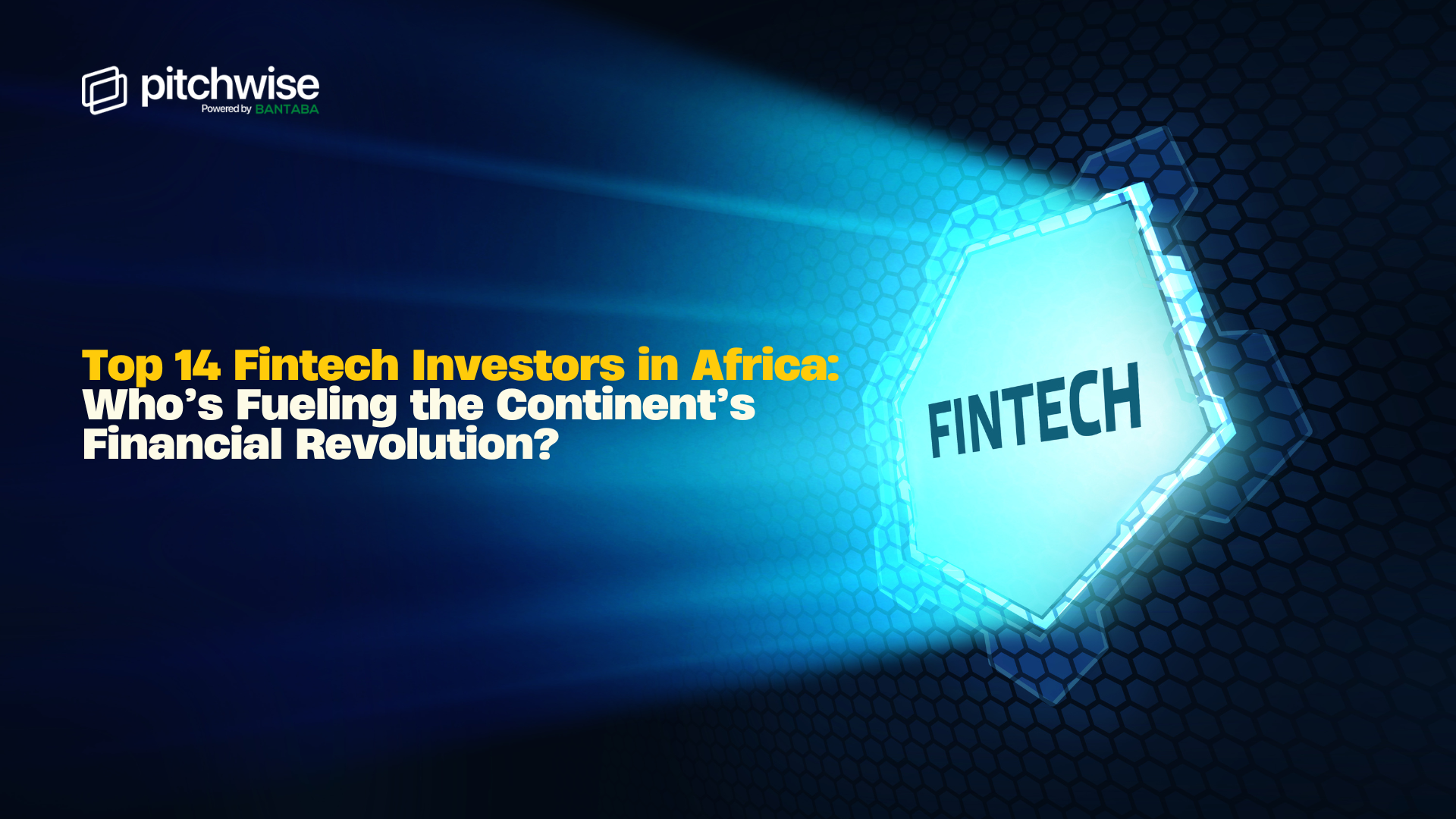
%20.png)
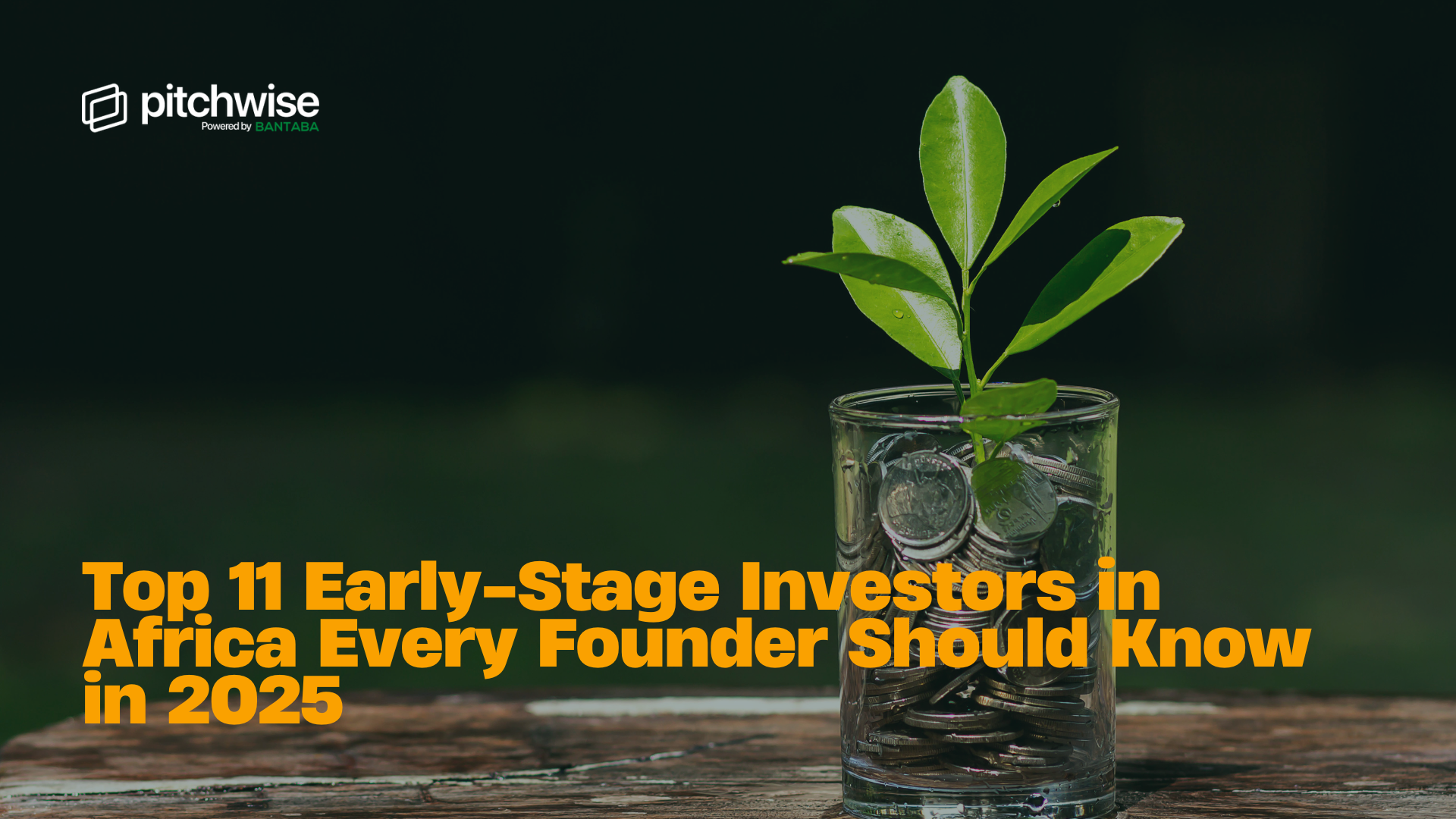
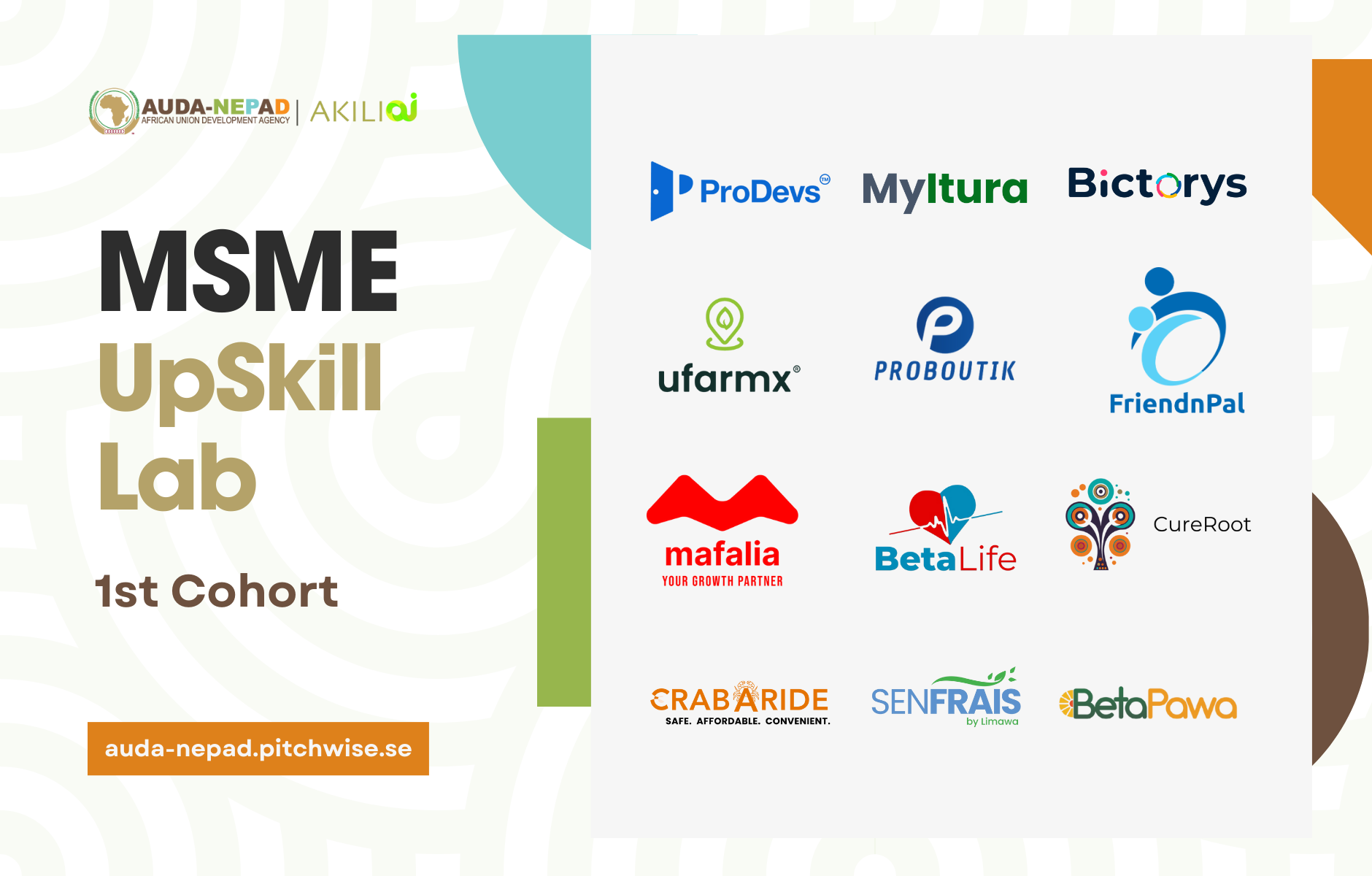





.png)



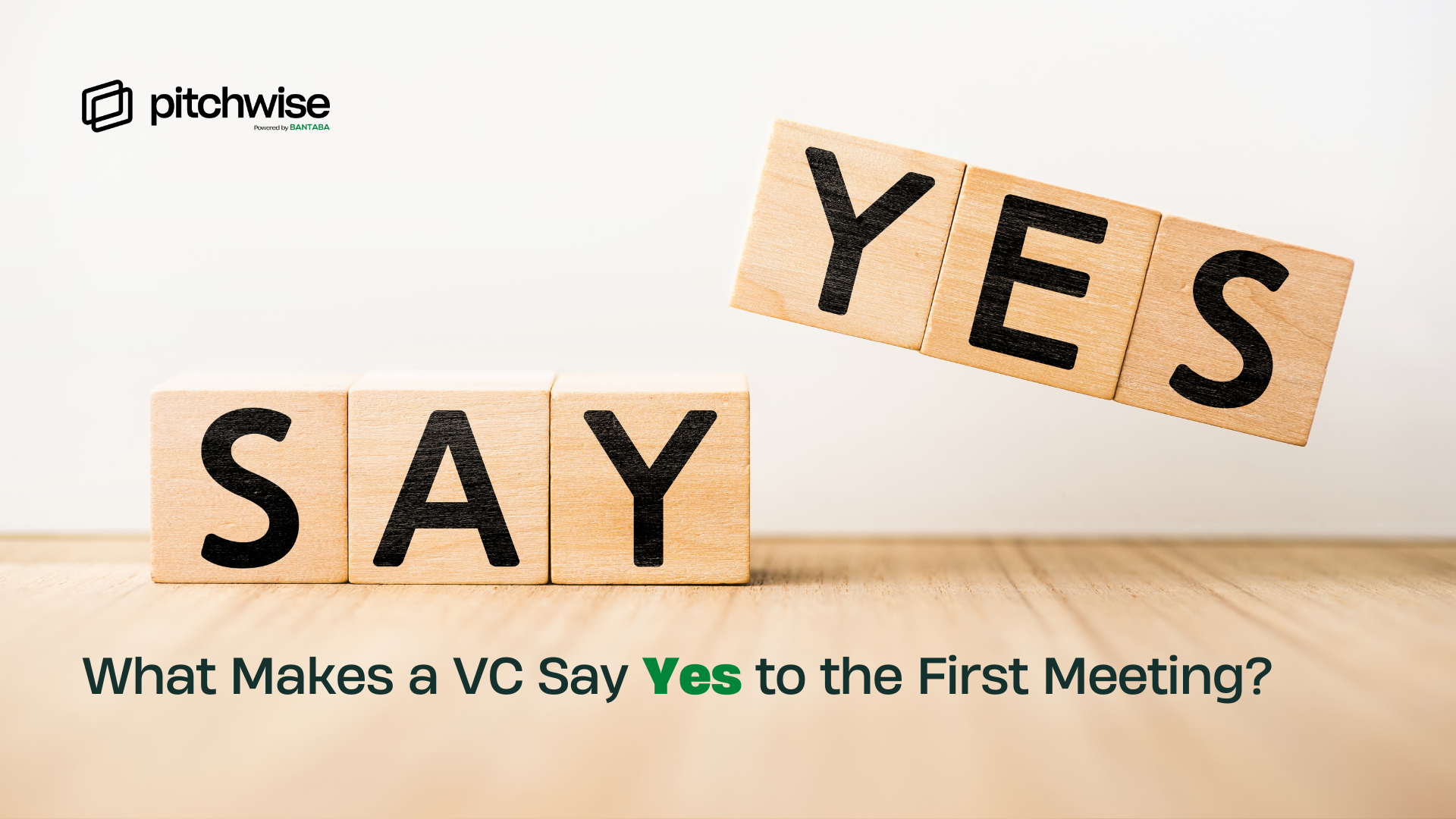
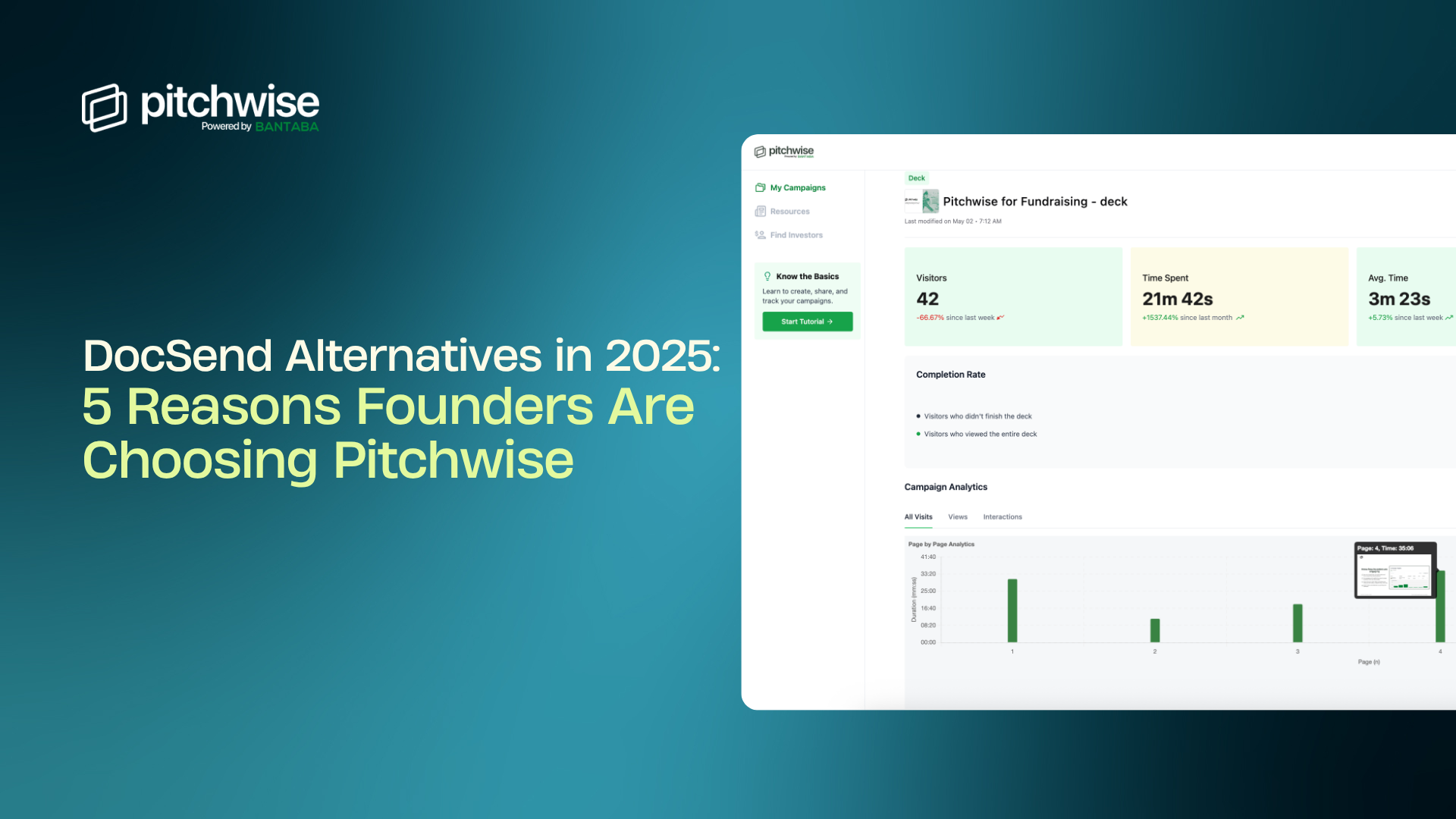










.png)

.png)



.png)
.png)


.png)
.png)



















